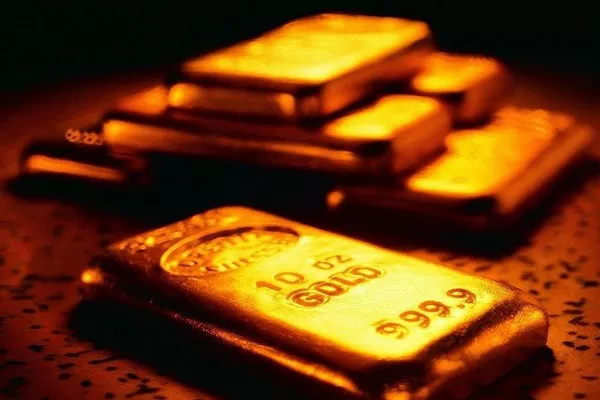Gold may remain range-bound through the summer, but its resilience at elevated support levels signals a likely retest of April’s all-time highs, says market strategist Chantelle Schieven.
In a recent Kitco News interview, Schieven, Managing Director at Capitalight Research, noted that while the US economy and labor market remain relatively strong, factors such as rising inflation expectations and geopolitical uncertainty are creating a complex backdrop for gold.
She explained that US consumers and businesses have so far been buoyed by surplus inventories accumulated earlier in anticipation of ongoing trade tensions, especially President Donald Trump’s global tariff policies. However, as these inventories dwindle, consumers will increasingly feel the impact of higher tariffs.
“We have seen some price creep in the economy, but I expect it will take six months before we feel the full effect of these tariffs,” Schieven said, pointing to a rise in consumer inflation expectations, now above 6% for the coming year.
Beyond inflation, Schieven highlighted that geopolitical turmoil will weigh on economic growth in the second half of the year. While not predicting a recession, she expects a stagflationary scenario—marked by sluggish growth and persistent inflation—that could support gold prices over the next two years.
“Businesses hesitate to invest because of uncertainty around trade policies. With no major capital expenditures underway, the economy’s outlook is unclear,” she said. “In this environment, it’s hard to see gold facing significant downside. I’m actually surprised by how well it is holding up.”
Despite gold’s long-term bullish trend, volatility persists. Schieven identified the Federal Reserve’s neutral monetary stance as a key factor limiting gold’s advance. Inflation concerns have kept the Fed cautious, but as growth slows and unemployment rises toward 5%, she expects rate cuts.
“If unemployment hits 5%, the Fed will have no choice but to cut rates,” Schieven said. “That scenario would likely push gold to retest all-time highs.”
She also noted that gold could rise without rate cuts if the Fed expands its balance sheet through unconventional measures, such as buying long-term bonds—a move increasingly speculated amid bond market volatility and concerns about US government debt.
Schieven stressed that rising yields reflect growing risk premiums rather than a collapse in confidence. However, the government cannot sustain higher borrowing costs indefinitely, setting a ceiling on yields.
Amid investors pulling back from government bonds, Schieven views gold as the last major safe-haven asset. “Gold only looks expensive if you expect prices to fall—and we don’t see that,” she said. “It would take major events to bring gold back to levels around $2,700 an ounce, seen at the start of 2025. Many market fundamentals have shifted to keep prices elevated.”
This outlook positions gold as a compelling investment amid persistent economic and geopolitical uncertainty.


